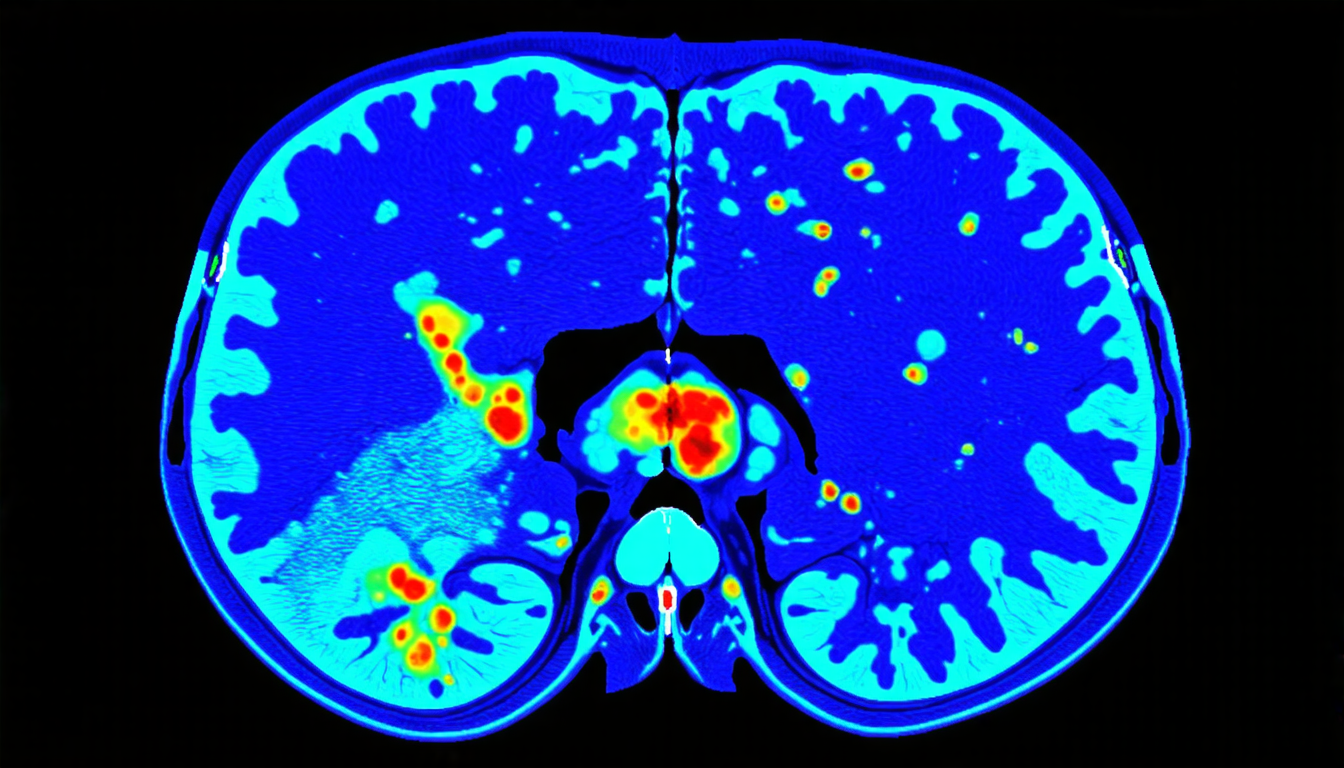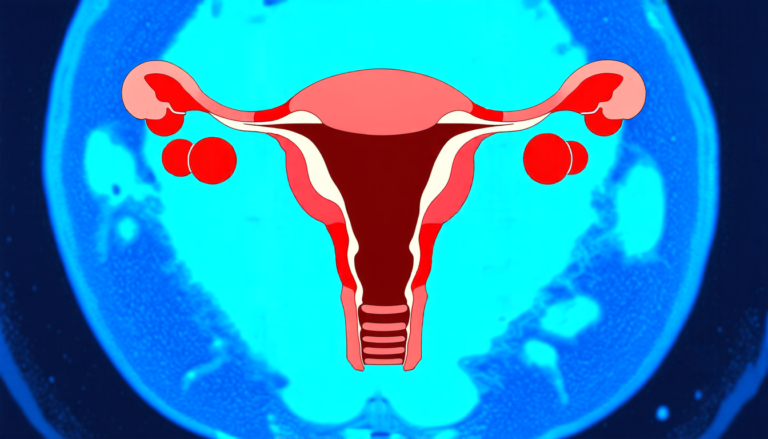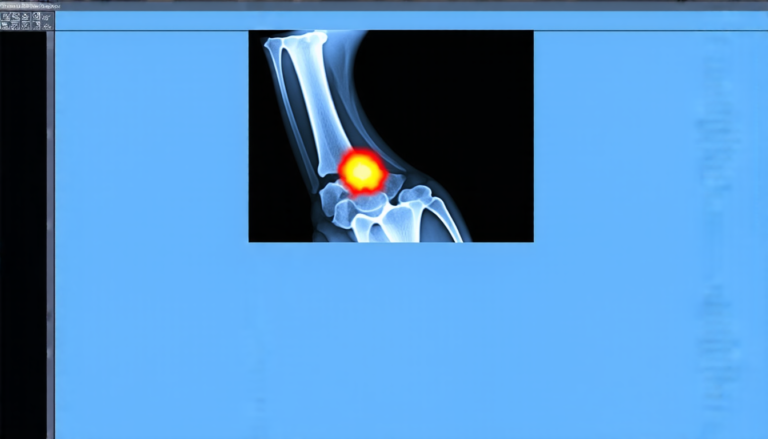Thursday 24 July 2025
White matter hyperintensities (WMH) are areas of increased brightness on magnetic resonance imaging (MRI) scans that can indicate changes in the brain’s white matter tissue, often associated with neurological conditions such as multiple sclerosis. Accurate segmentation of WMH is crucial for clinical decision-making, but domain shifts – where statistical properties of the data used to train a model differ from those encountered during deployment – pose significant challenges.
Researchers have been working on developing deep learning models that can accurately segment WMH and estimate uncertainty in their predictions. A recent study published in a scientific journal has made progress in this area by proposing maximum-entropy regularization techniques to enhance model calibration and uncertainty estimation under domain shift.
The study used two publicly available datasets, the WMH Segmentation Challenge dataset and the 3D MR Image Database of Multiple Sclerosis Patients with White Matter Lesion Segmentations (3D-MR-MS), to evaluate the performance of a classic U-Net architecture with maximum-entropy regularization. The results showed that entropy-based uncertainty estimates can anticipate segmentation errors, both in-distribution and out-of-distribution, with maximum-entropy regularization further strengthening the correlation between uncertainty and segmentation performance.
The study also found that model calibration improved significantly under domain shift when using maximum-entropy regularization, which is essential for safe clinical deployment of deep learning models. This technique encourages models to express uncertainty by penalizing low-entropy (highly confident) predictions.
The findings have important implications for the development of reliable and robust deep learning models for WMH segmentation in medical image analysis. By incorporating maximum-entropy regularization techniques and carefully considering the choice of loss function, researchers can develop models that better flag unreliable predictions without requiring ground-truth annotations.
Moreover, this study highlights the importance of understanding model calibration and uncertainty estimation in medical image analysis. As domain shifts are common in real-world applications, it is crucial to develop models that can adapt to new data distributions and provide reliable predictions.
The research has also shed light on the relationship between lesion size and uncertainty, revealing that smaller lesions tend to have higher uncertainty across all loss functions. This finding underscores the need for further research into uncertainty estimation for small lesions, which are often harder to segment accurately.
Overall, this study demonstrates the potential of maximum-entropy regularization techniques in improving model calibration and uncertainty estimation under domain shift for WMH segmentation.
Cite this article: “Enhancing Model Calibration and Uncertainty Estimation for White Matter Hyperintensity Segmentation Under Domain Shift”, The Science Archive, 2025.
White Matter Hyperintensities, Mri, Deep Learning, Uncertainty Estimation, Domain Shift, Model Calibration, Maximum-Entropy Regularization, U-Net Architecture, Medical Image Analysis, Wmh Segmentation.







